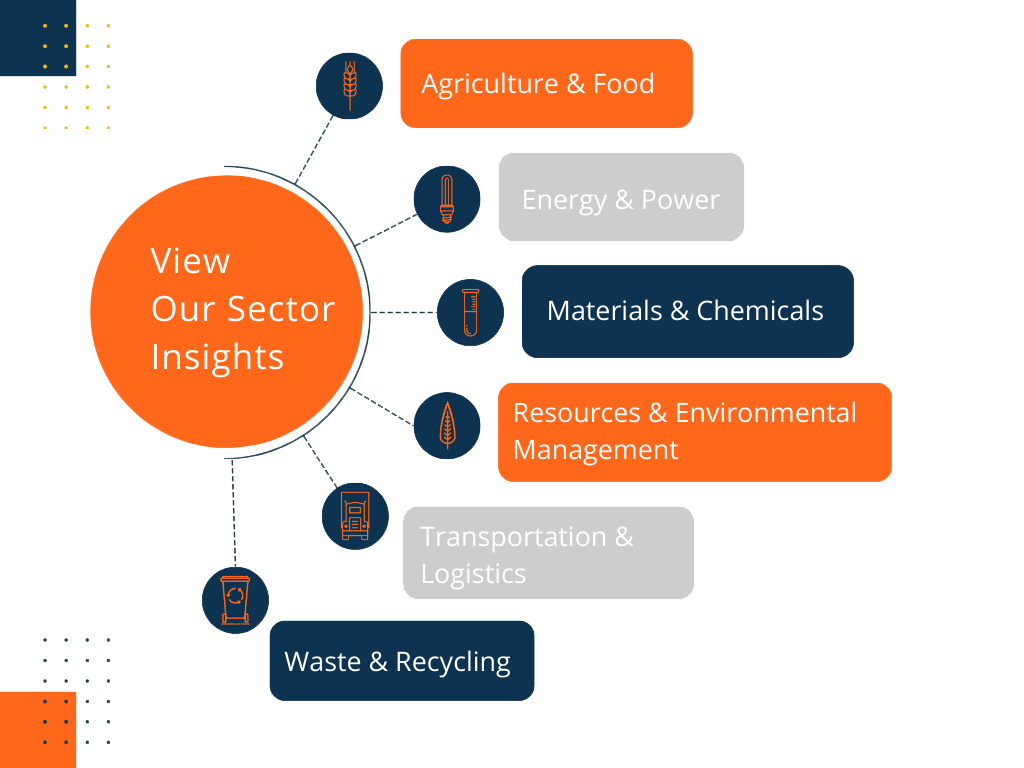Executive Summary: Battery Recycling Energy and GHG Intensity
Battery recycling provides a significant opportunity to build domestic mineral caches for EV manufacturing
- From 2023 to 2040, global demand for lithium will grow 870%, 210% for nickel, 390% for graphite, and 220% for cobalt (IEA)
- The U.S., EU, and China are recycling batteries’ minerals with 22% less energy and 46% fewer emissions compared to mining (Argonne)
- Battery recycling has three technologies that will be influential:
- Direct Recycling: TRL 4/5, restoration of battery materials for reuse in batteries or energy storage, requires extensive sorting
- Hydrometallurgy: TRL 8, liquid recovery of all minerals, produces liquid waste, high process GHG footprint due to chemical reagents required
- Pyrometallurgy: TRL 9, thermal recovery of nickel, cobalt, but not lithium, GHG emissions are more difficult to eliminate than hydrometallurgy
- Multiple milestones to advance circularity and systemic impact:
- Improved collection infrastructure
- Improved testing, sorting, and disassembly, preferably automated
- Mandatory recycled content in new batteries
- Battery manufacturers, automobile Original Equipment Manufacturers (OEMs), and refineries are creating localized recycling supply chains to feed the surging demand for battery materials
- Chemical companies like BASF and Johnson Matthey entering in hydrometallurgy to fill large chemical demand
- Automobile OEMs will develop direct recycling seeking higher returns on existing Extended Producer Responsibility (EPR) mandates

Markets change. Companies evolve.
Our research delivers the insight you need to stay ahead of the trends.
-
Get access to our database of global insights and information on sectors, companies and trends — updated daily.
-
Uncover details on new technologies and the companies creating them.
-
Get insights on over 37,000 companies, their investment histories and management teams.
-
Review investors’ portfolios, funds and sectors.
-
Follow market activity.


